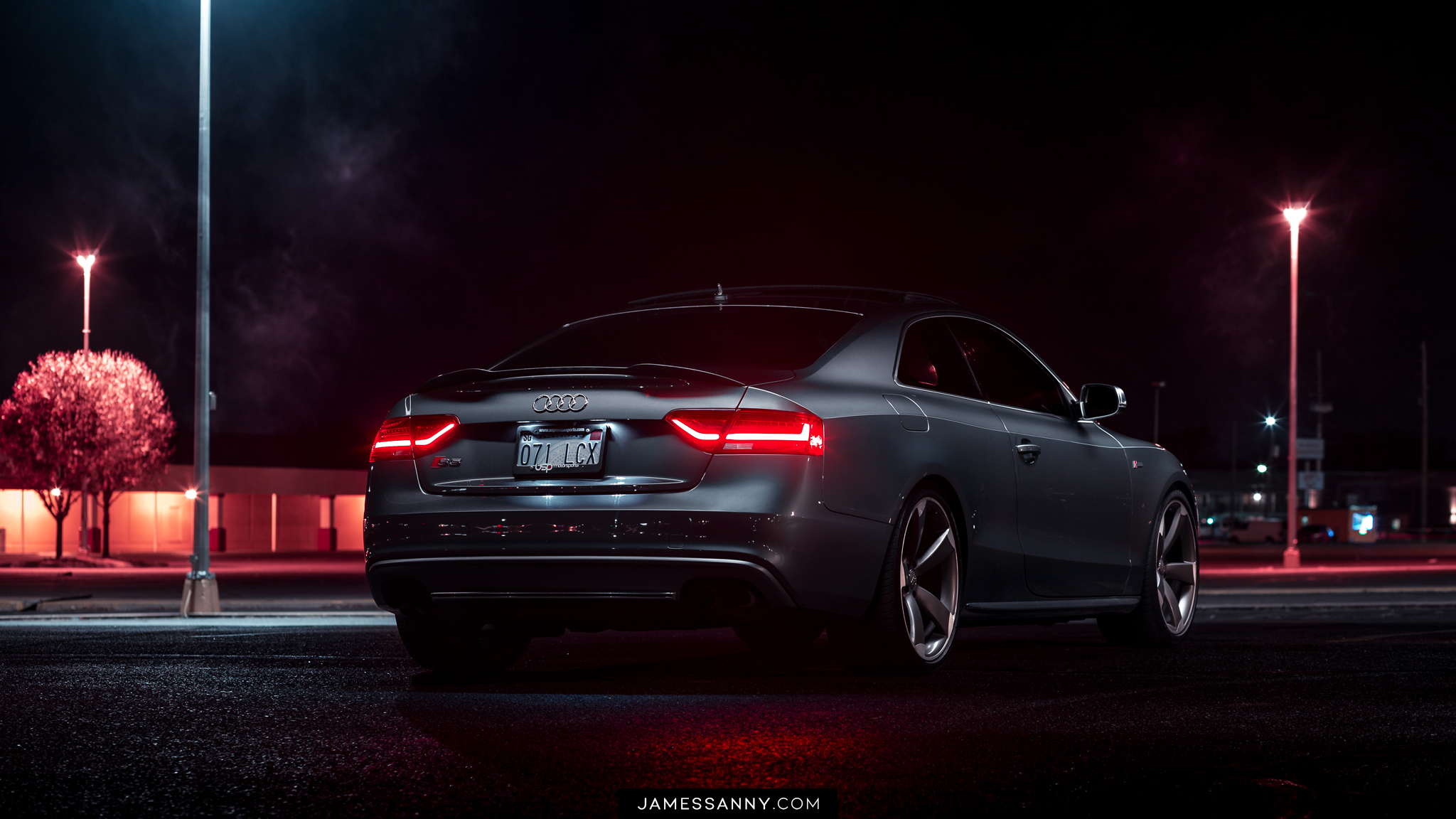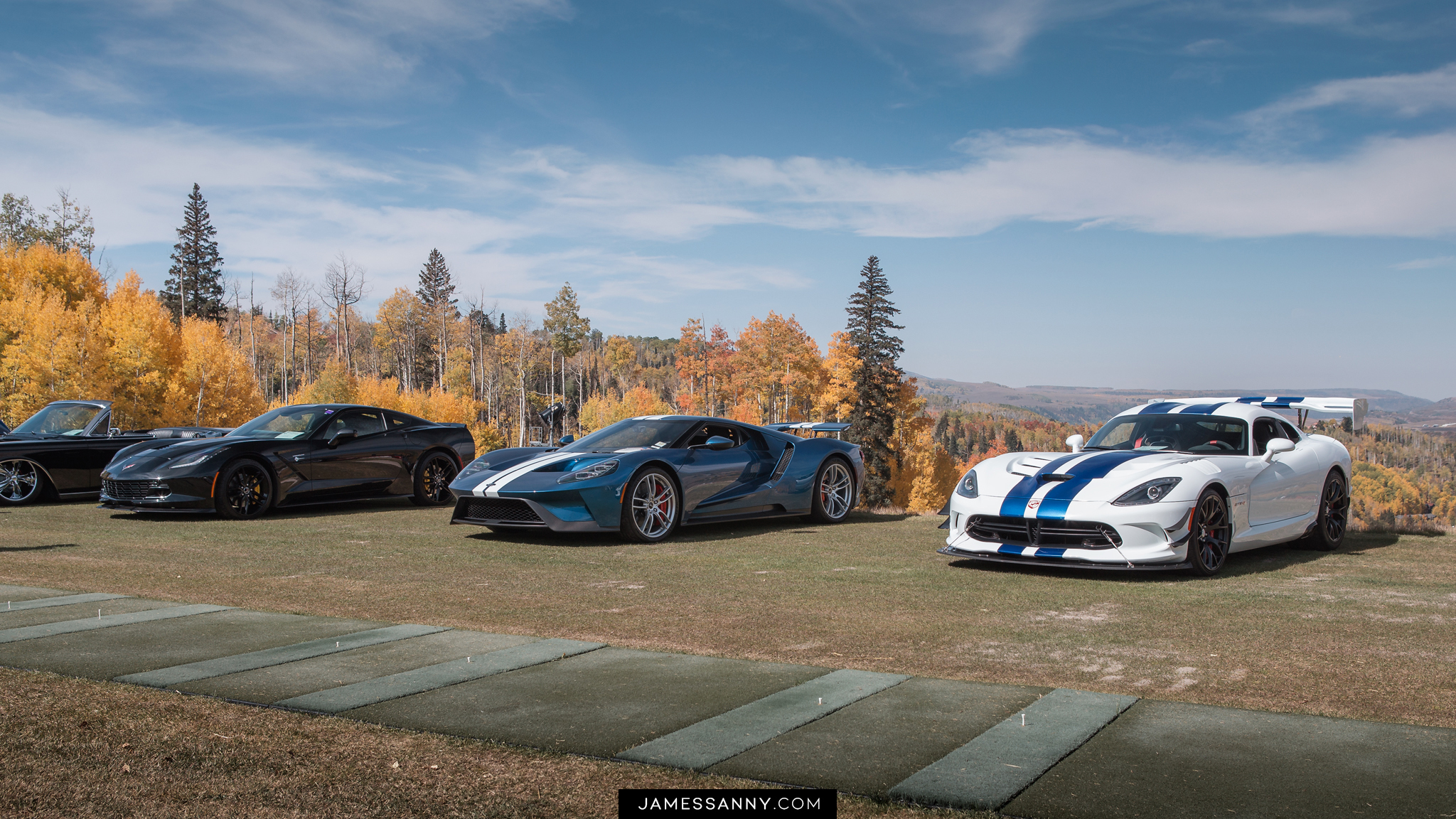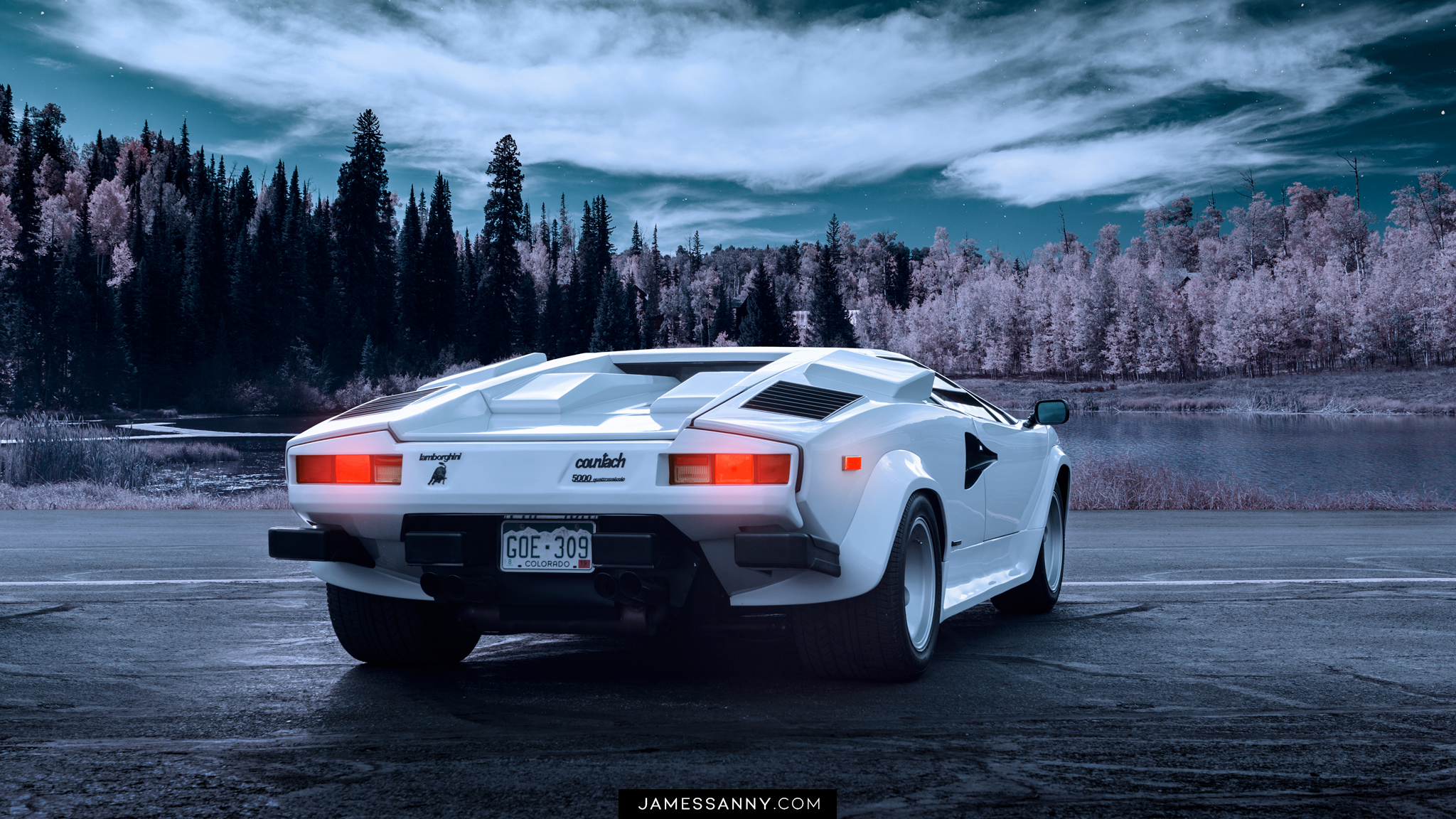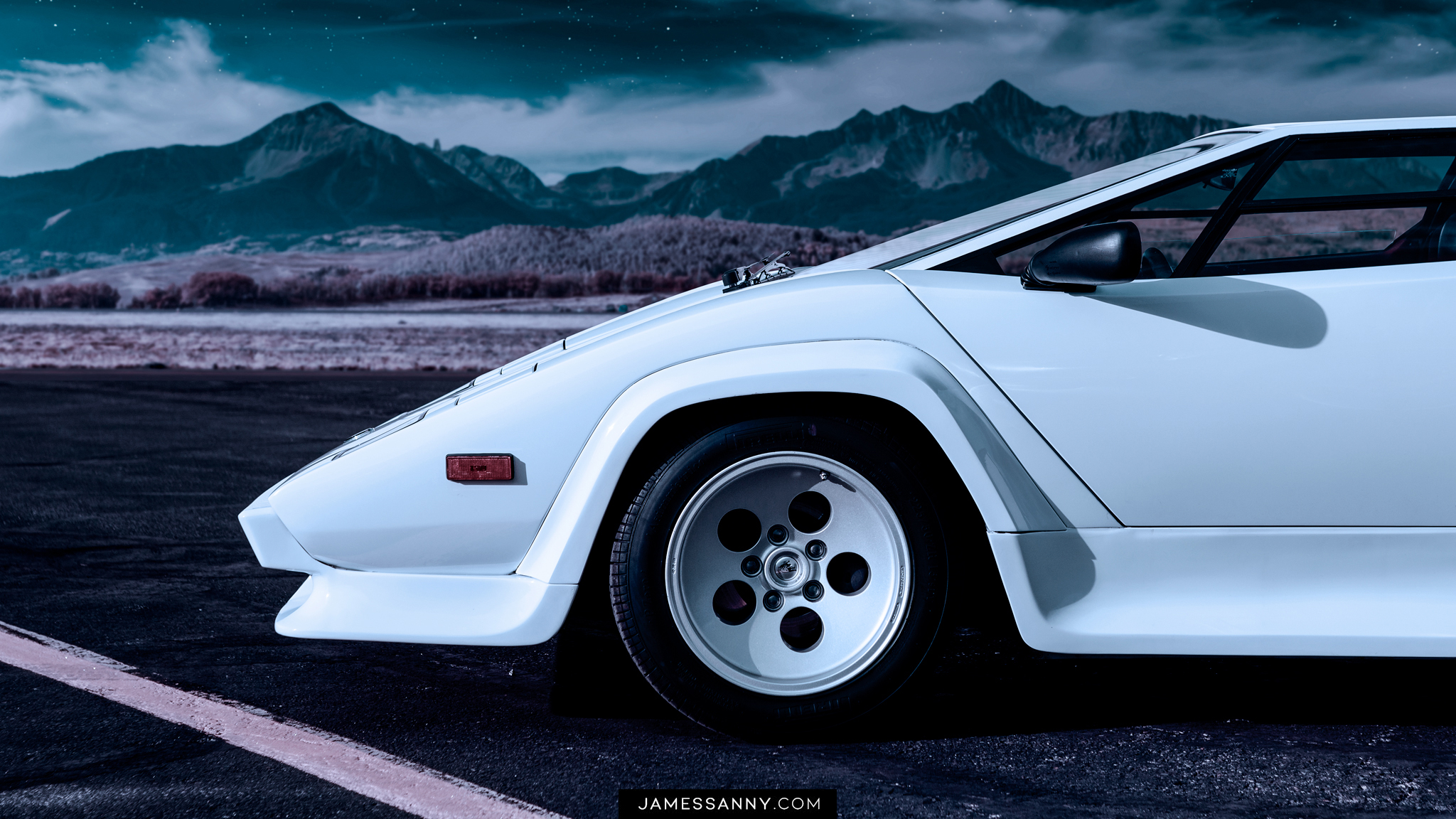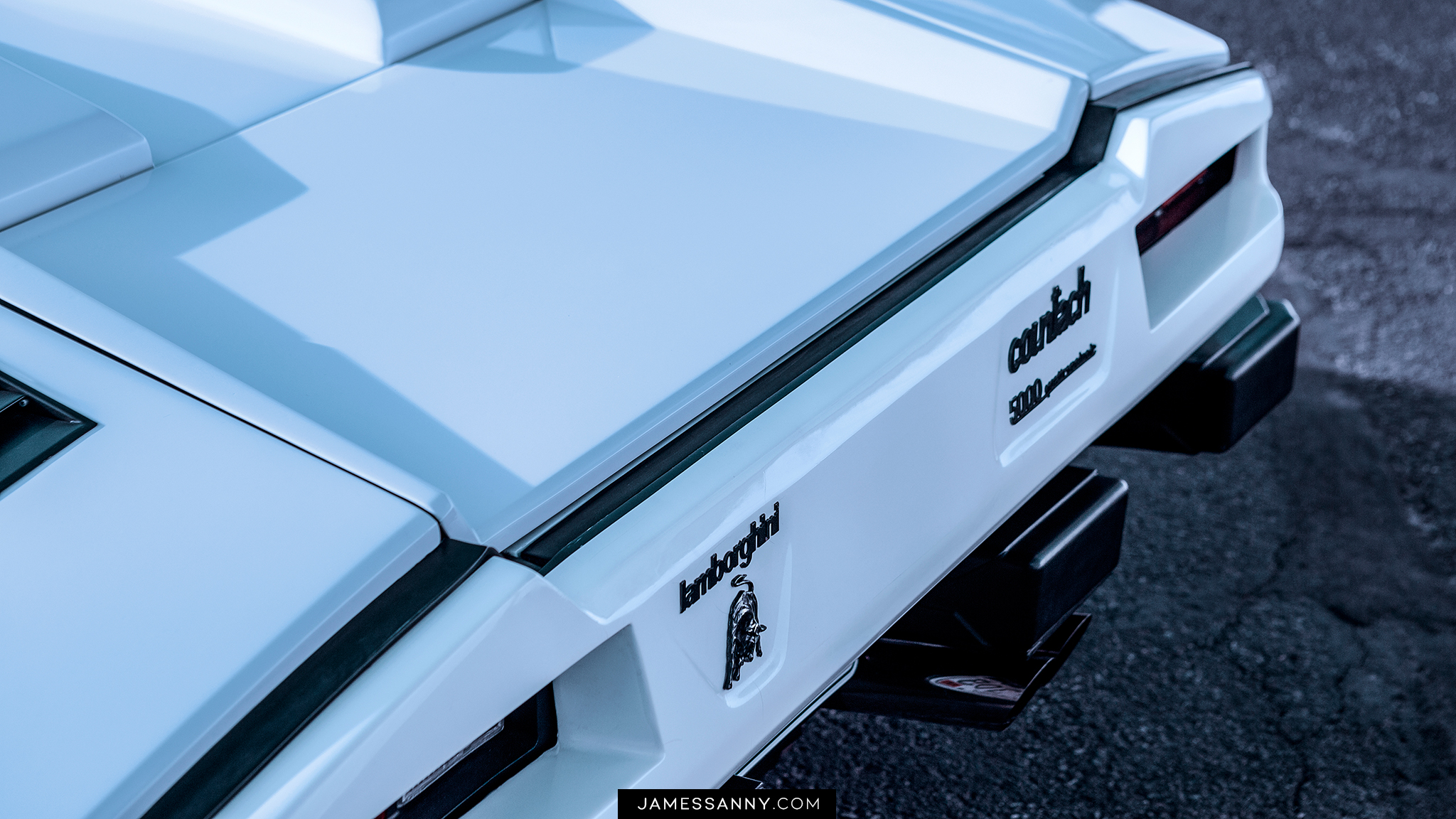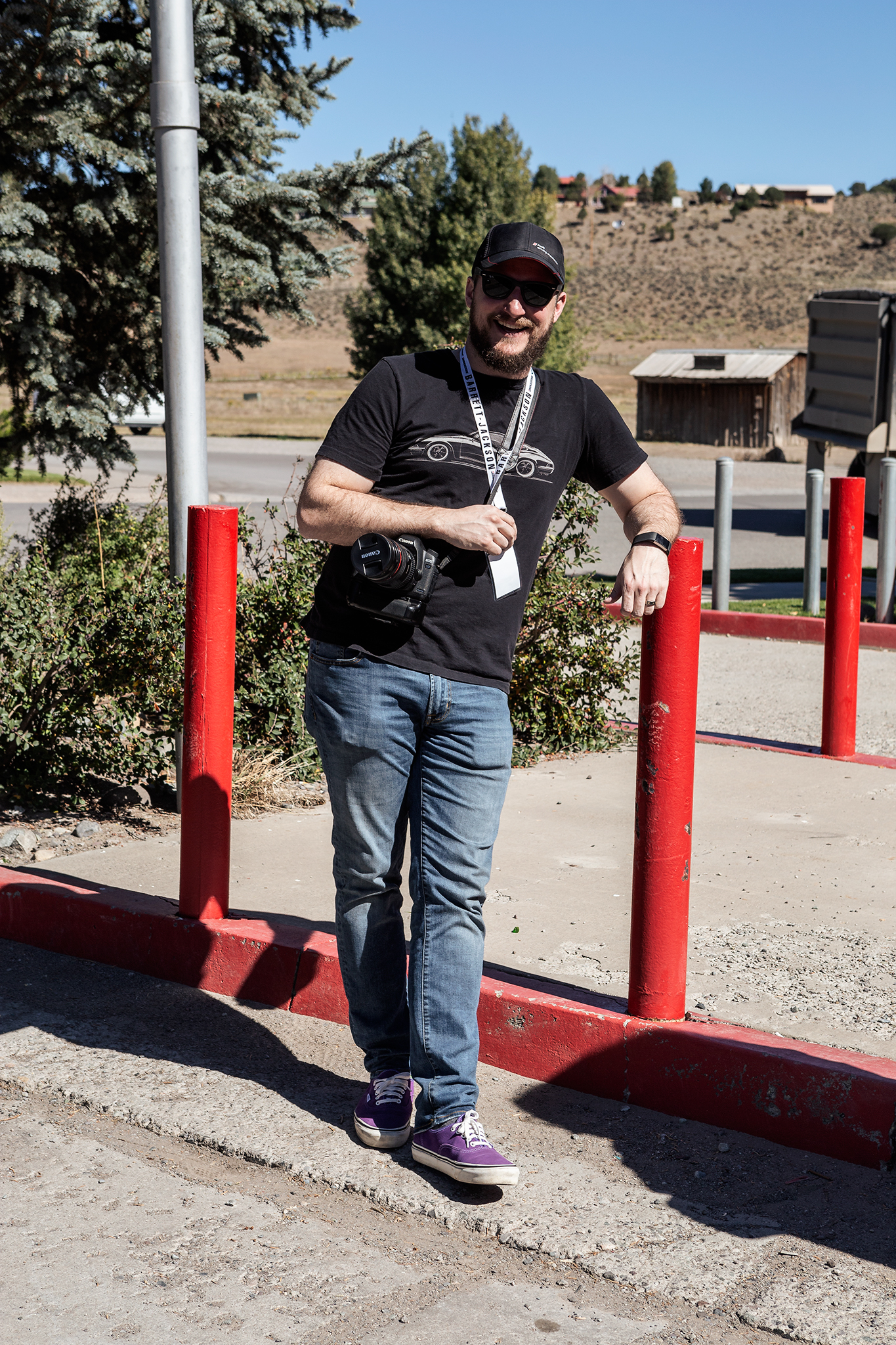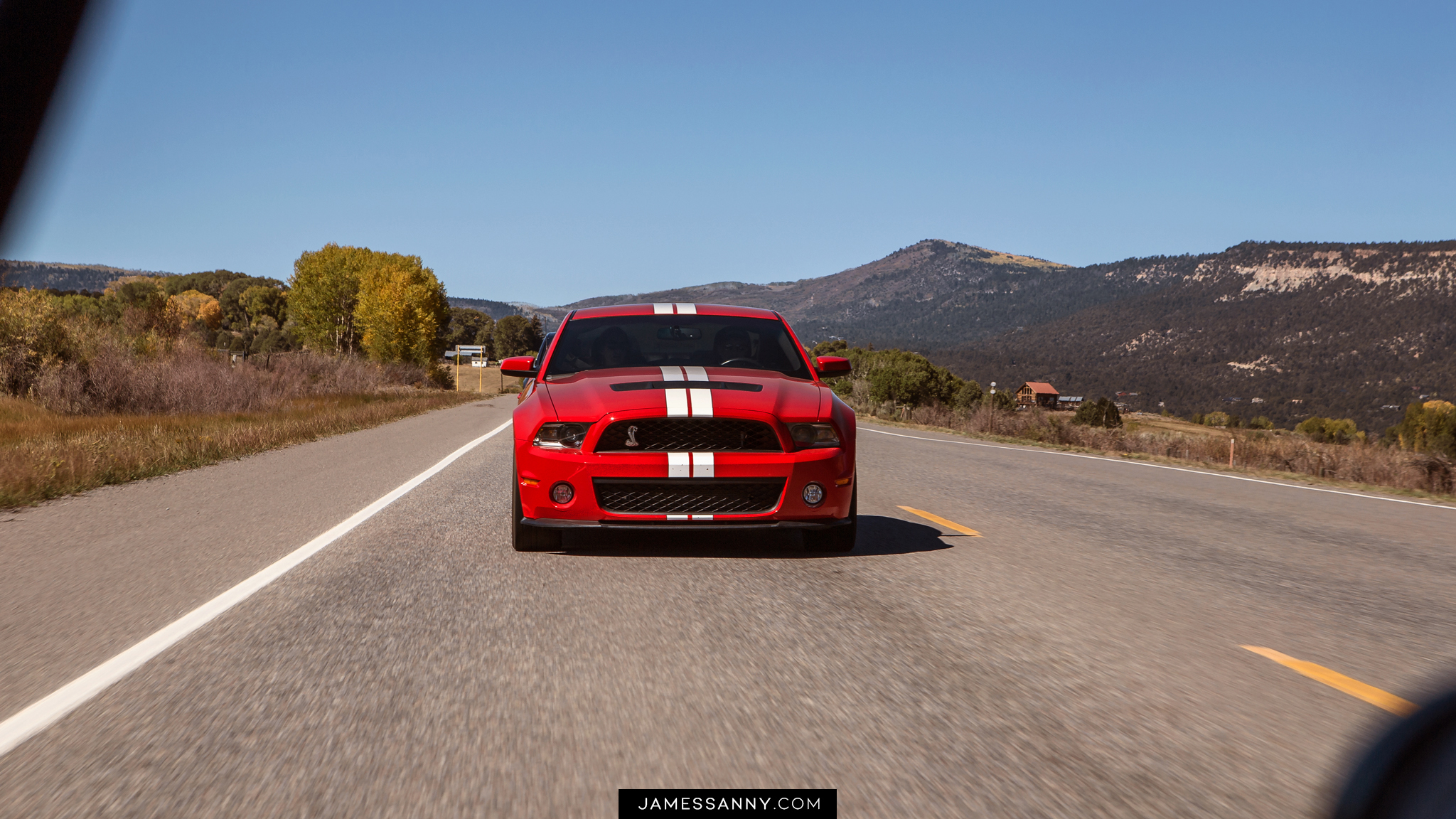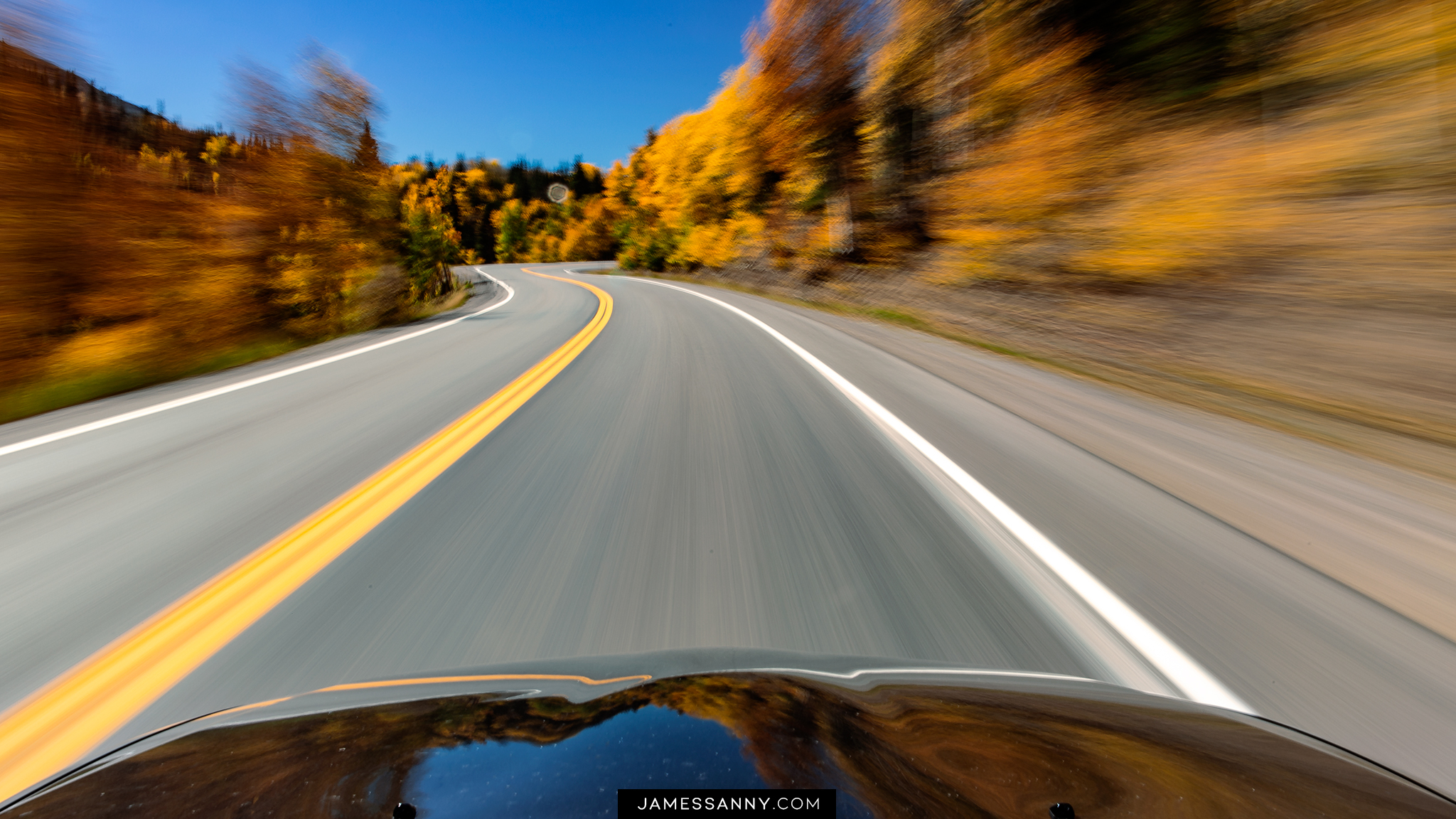For a variety of reasons, I've recently become obsessed with shooting at night. While I've been terrified of dealing with artificial lighting in the past, educational opportunities and experimentation have pushed me out of my comfort zone and into a completely new realm of photography. So far, I'm over the moon about the possibilities. The tones you can control when working entirely with artificial lighting is probably my favorite part of this whole experience.
Making use of a Yongnuo YN-360 and an Einstein E640, I've been pretty content with the results so far. Mixing in techniques like shooting the car at a higher aperture (to ensure it's entirely in focus) and then blending a background from the same angle but shot at a shallower aperture setting, has helped give me more control over the final image. This is by no means a new technique but it's definitely one that has helped me in isolating my subject, holding onto sharpness across the entire vehicle, and gives me a long enough exposure time to paint the vehicle.
If it's possible, I've been opting to leave filters off of my camera when shooting at night. Sure, cutting reflections is valuable when working with glossy vehicles but, for me, battling the more pronounced refraction issues of that extra glass filter just isn't worth the hassle. Honestly, if you're shooting with a strobe, you can typically shoot at a higher shutter speed to cut the ambient reflections completely out. If you're working with a wand and light painting, that's a different story.
When deciding which method I'll use to light a car, light painting or strobing, it typically boils down to a couple of factors:
What color is the vehicle? If the vehicle is any color aside from black, I'm pretty game for strobing it. To me, strobing it produces some nice gradients in the color and light, which feels more natural. Since black vehicles don't have any color to help carry the light across the body lines, they typically react better to light painting (or strobing with large modifiers) to show contour and shape. That said, even when light painting a black vehicle you will find better results if you make use of a softbox to help make the light source larger and softer. (The two black vehicles in this post are great examples of what happens if you don’t use a large light source for painting - they basically look like outlines.)
Where will I be shooting the vehicle? If I'm working with a location that has a lot of ambient light, I'm more likely to strobe my subject vehicle. It's harder to leave the shutter open longer to paint a vehicle with light if I'm battling overexposure from various local light sources. (I know, I know.. Couldn't you use ND filters or stop the aperture down more? Sure - but that means you'll need to increase light output from your light painting device to compensate.) But, if I'm working in an area that has little ambient light to worry about, I may opt to light paint the vehicle. Once you get the hang of light painting and how to position the light to hide it in the body lines, it can be faster than messing with strobes, battery packs, light stands, modifiers, etc.
Keep in mind - these are not rules. I won't only light paint vehicles with color on them, or not strobe a black vehicle (though I've yet to do this). They're just some things I've run across when shooting that have helped me create a baseline when deciding how to approach lighting a vehicle.
Gear: Canon 6D, Canon 17-40 4L, Canon 24-70 2.8L, Canon 70-200 2.8L I, Canon 85 1.8, Tiffen CPL, Yongnuo YN360, Einstein E640, Sunpak Tripod
Post Processing: Adobe Camera Raw & Adobe Photoshop





